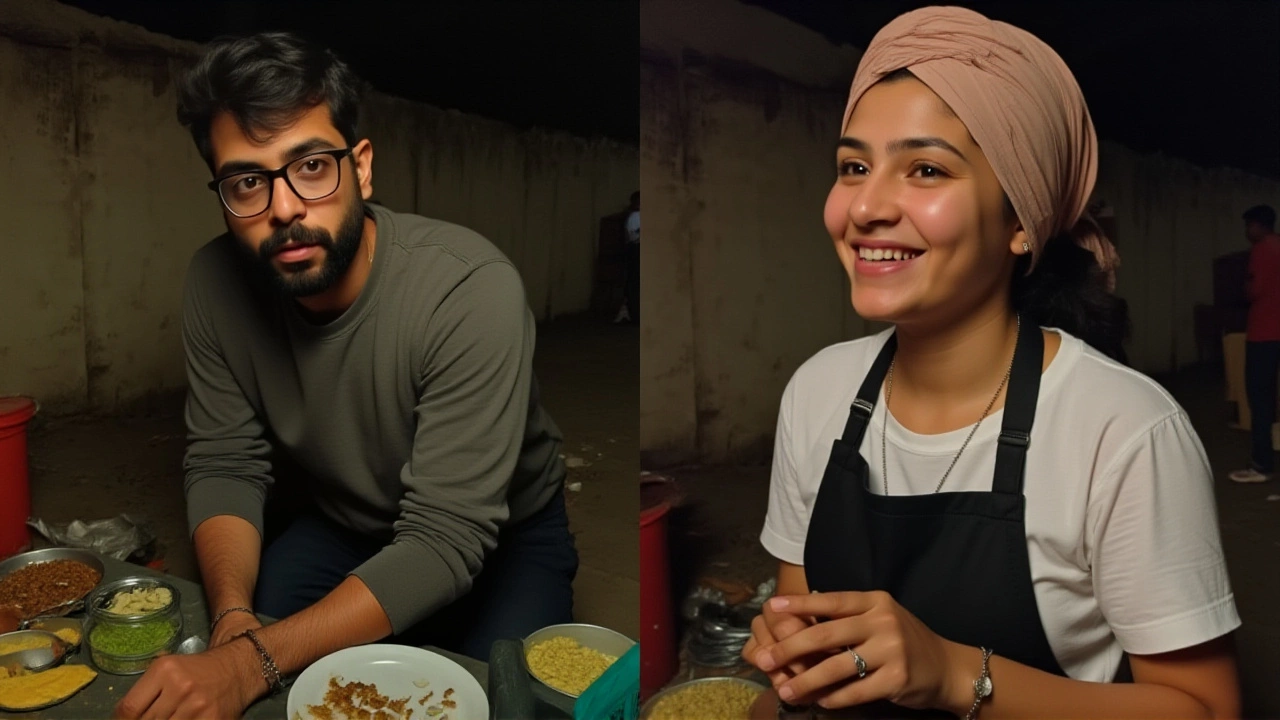Chandrika Gera Dikshit – Bollywood Insight, Film Culture & Industry News
When exploring Chandrika Gera Dikshit, a veteran entertainment journalist known for deep coverage of Bollywood and Indian cinema. Also known as CGD, she bridges film critique, festival reporting, and industry analysis.
Her daily columns decode Bollywood, the Hindi‑language film industry that drives the global perception of Indian cinema while linking it to broader cultural shifts. Chandrika Gera Dikshit shows how box‑office trends mirror social moods, and she often references Indian cinema, the diverse set of regional film traditions across India to give readers a panoramic view. In short, Bollywood encompasses storytelling, music, and star power, and Chandrika explains why it matters to everyday audiences.
One of her favorite beats is covering film festivals, high‑profile events like Cannes, Berlinale, and the Mumbai Film Festival where creators showcase new work. She points out that festivals act as launchpads for indie projects, and they also influence mainstream release calendars. Through her lens, a film festival influences Bollywood because producers scout fresh talent and ideas there, creating a feedback loop between festival buzz and commercial launches.
Beyond glitz, Chandrika digs into the practical side of a film career. Her recent pieces on income tax India, the tax framework that governs earnings of artists, technicians, and production houses break down deadlines, deductions, and penalty risks. She explains that understanding tax filing dates can save freelancers thousands, and she often ties tax advice to the seasonal rush of film releases, showing how fiscal planning fits into a creative schedule.
Her taste in cinema is eclectic. She compares the visual language of Martin Scorsese with classic silent icons like Charlie Chaplin, noting that both directors use music to amplify emotion. By highlighting such styles, she educates readers on why certain movies feel timeless. This cross‑generational analysis helps fans appreciate modern blockbusters in the context of film history.
Legal clarity is another pillar of her work. Chandrika frequently answers questions about showing movies in schools, outlining the fine line between fair‑use education and public performance licensing. Her clear, step‑by‑step guides empower teachers to respect copyright while enriching lessons with cinematic examples.
She also tracks how political correctness reshapes scripts and casting. By examining Hollywood’s shift toward inclusive storytelling, Chandrika sparks debate on creative freedom versus social responsibility. Her balanced view invites readers to consider both the artistic impact and the cultural benefits of more diverse narratives.
Science‑fiction fans find a home in her archives, too. She ranks decades of sci‑fi, arguing that the 1980s delivered the most influential cyber‑punk aesthetics, which still echo in today’s Indian visual effects. By linking genre evolution to Indian filmmaking, she shows how global trends inspire local creators.
All this content builds a rich tapestry that reflects Chandrika Gera Dikshit’s expertise: from festival glitz to tax deadlines, from classic auteurs to modern genre debates. Below, you’ll find a curated selection of articles that dive deeper into each of these areas, offering actionable insights, behind‑the‑scenes stories, and practical tips for anyone interested in the world of Indian entertainment.
